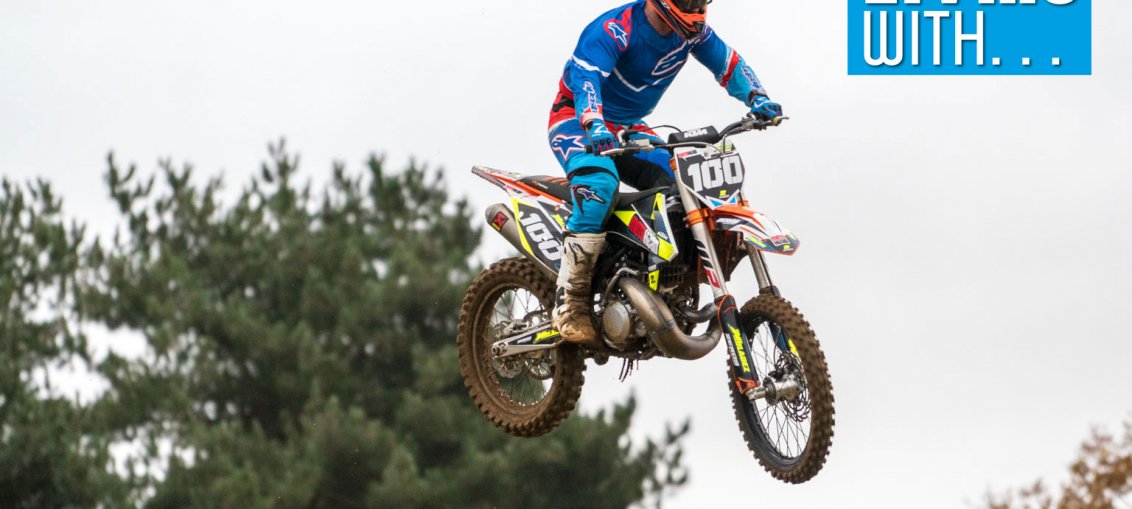

There’s a wind of change in the air. You only have to go out on a two-stroke to feel it, as lots of riders always come over to check out the smoker and ask lots of questions about two-strokes in general.
The reality is that the buzz around the two-stroke has never phased out – from old Evos to modern bikes. Even though the market choice is slim compared to four-strokes, but many hardcore smoker fans have kept their old models alive or purchased from the brands which still produce them.
This year’s (2017) all-new KTM 250SX is a real conversation starter as I get so many questions about it, it’s hard to know where to start. The most common one is the suspensions as I’ve had quite a few riders contact me regarding fork settings. Or really, what air pressures I would suggest.

Now it’s always difficult to tell someone what pressures they should run as there’s a lot of factors to consider, such as a rider’s weight, ability and track conditions. But there’s one principal rule you should always stick to and it’s something I always suggest. And that’s if it feels balanced then that’s a good start. You can’t have a stiff rear and sort front or vice versa – balance is the key.
You don’t want a rocking horse effect, meaning the front diving too much when entering corners on the brakes and the rear kicking you because it’s too soft. That way, the bike wants to pitch you off because it’s already at the bottom of the stroke before hitting the bumps, leaving no travel to soak things up. At the other end of the scale, it’s not cool to have a rear shock set so hard it doesn’t use the stroke as the result will feel the same. That’s why people often get confused and thing their suspension is too hard but often it can be too soft.
I mention the rear end before talking about fork pressure because the rear is crucial to the front performing correctly. Balance and weight transfer is key.

If you’re wondering what pressures I do run, it’s 165 psi in my forks and I never go over 170psi. I add more pressure if it’s heavy going or quite jumpy. The clickers only get adjusted a few clicks either way from standard and it’s never more than four on an outdoor track. In the past I’ve always had to speed up the rebound a lot to get a good action feeling but I haven’t felt the need of late.
Of course, my settings are for my weight, speed, style and preferences. Your settings will vary.
There is a mixed view still regarding the AER air forks but I still like them and the benefits they offer – such as the ability to adjust trackside – is a huge plus for me!

First published MotoHead Issue 4 – March 2017
By Dave Willet. Photos Adam Duckworth
